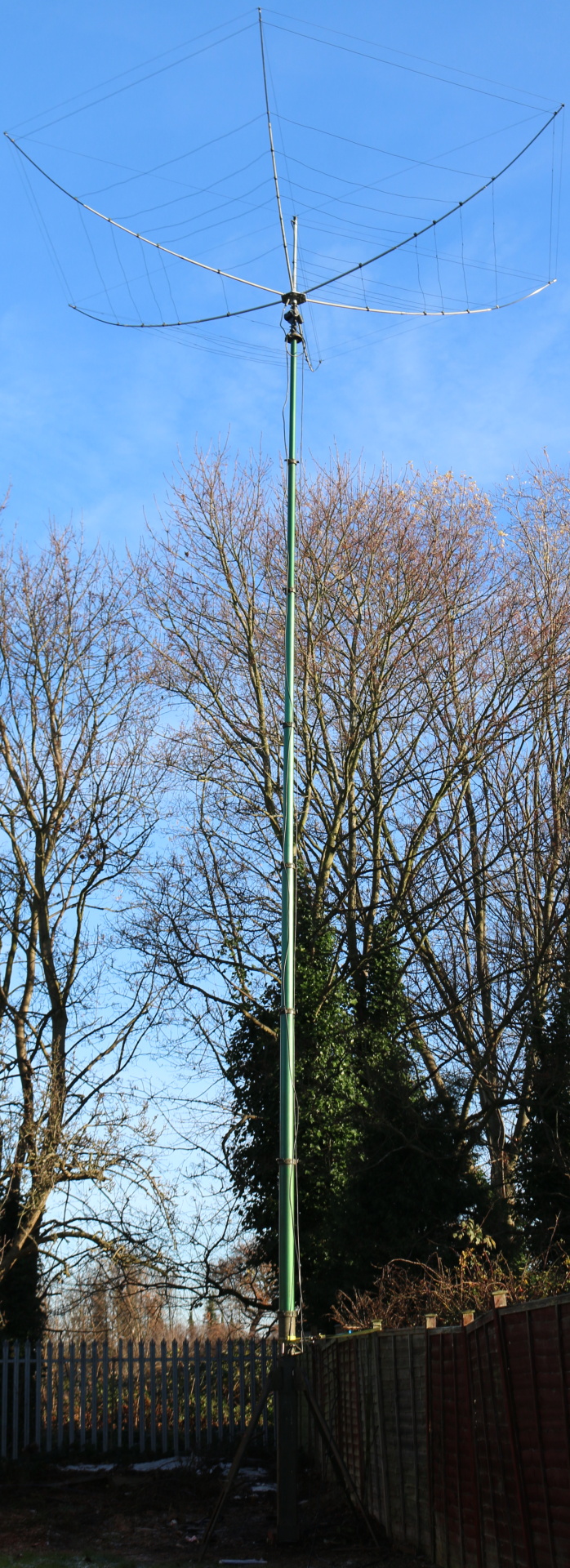- Written by: M0VSE
Since starting this wonderful hobby in October 2014, I decided that I would try to concentrate on chasing DX and contests as I am not much of a rag-chewer. The traditional methods of exchanging QSL cards, namely direct and bureau, can be horrendously slow, I thought that I would try to concentrate on the electronic methods of QSL.
- Written by: M0VSE
Much as I enjoy the hexbeam (and I still get a kick out of watching the SCAM12 mast go up-and-down) I have been looking for something suitable for the lower bands (40m/80m).
Not wanting to antagonize my neighbours any more than absolutely necessary. I have been thinking about a vertical, something that can be partially masked by the trees at the end of my 35m garden. This should also remove the antenna far enough from houses so that RFI isn't a problem.
- Written by: M0VSE
So, not being content with my OCF Dipole, I started to investigate alternative antennas. My basic criteria were as follows:
- Support as many bands as possible
- Directional so that the majority of European stations are not S9+20
- Fit in my 7m (23 ft) x 30m (100ft) back garden
- Written by: M0VSE
After experimenting with an UnUn fed long wire and having less than stellar results, I decided to try an OCF Dipole (aka Windom). The benefit of this is that it exhibits good multiband performance without taking up much more room than a random length of wire and without the need for ground planes etc.
I did quite a lot of research on which design to go for as there seems to be lots of (dis)information on the Internet about this particular antenna type. I finally settled on W8JI's design for an OCF dipole with the long leg being 80% and the short one 20%. The website describing his design is here.

Read more: Electronic QSLing